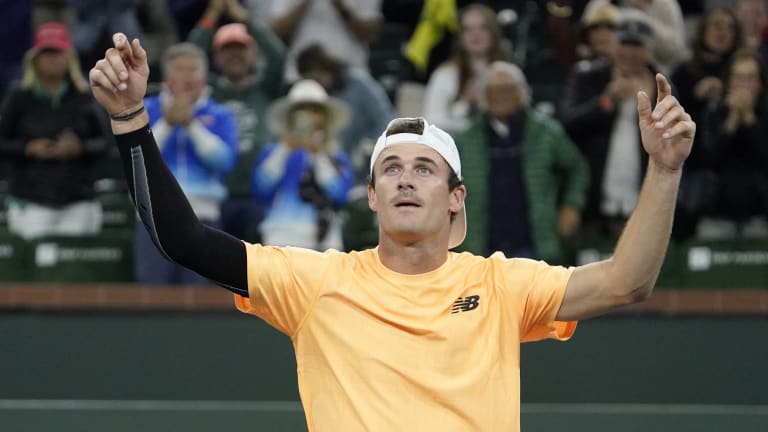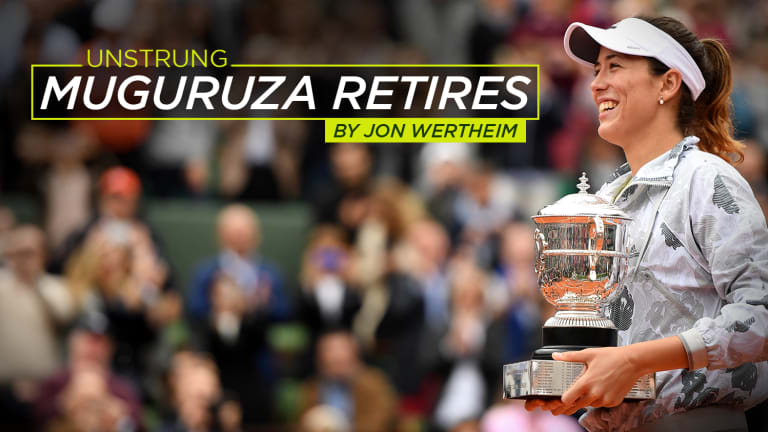Indian Wells, USA
After several close Indian Wells defeats for U.S. men, Tommy Paul’s win over Zverev felt like a breakthrough
By Mar 14, 2022Indian Wells, USA
Carlos Alcaraz and Iga Swiatek reset with Indian Wells wins, as rivals endure their own slip-ups
By Mar 18, 2024Indian Wells, USA
Carlos Alcaraz defeats Daniil Medvedev to defend his Indian Wells title, Iga Swiatek beats Maria Sakkari for women's title
By Mar 17, 2024Indian Wells, USA
Carlos Alcaraz wins second straight Indian Wells title with victory over Medvedev in final
By Mar 17, 2024Indian Wells, USA
From the yellow ball to the crystal ball: What's in store for the future of the BNP Paribas Open?
By Mar 17, 2024Indian Wells, USA
Iga Swiatek beats Maria Sakkari again in BNP Paribas Open final
By Mar 17, 2024Indian Wells, USA
Top 5 Indian Wells Finals, No. 1: Serena Williams d. Steffi Graf, 1999
By Mar 17, 2024Indian Wells, USA
2024 BNP Paribas Open men’s final preview: Carlos Alcaraz vs. Daniil Medvedev
By Mar 17, 2024Indian Wells, USA
Top 5 Indian Wells Finals, No. 2: Rafael Nadal d. Juan Martin del Potro, 2013
By Mar 17, 2024Indian Wells, USA
Who Will Win: Carlos Alcaraz or Daniil Medvedev, 2024 Indian Wells men's final
By Mar 17, 2024Indian Wells, USA
After several close Indian Wells defeats for U.S. men, Tommy Paul’s win over Zverev felt like a breakthrough
The American men have chances for more in the coming BNP Paribas Open rounds. Opelka takes on Denis Shapovalov Monday before Brooksby faces Tsitsipas at night; Tiafoe meets Rublev on Tuesday.
Published Mar 14, 2022
Advertising
Advertising

Zverev accounts for two of Paul's four Top 10 victories.
© Copyright 2022 The Associated Press. All rights reserved.
Advertising
Advertising

Download the Tennis.com app on your IOS or Android device today!
